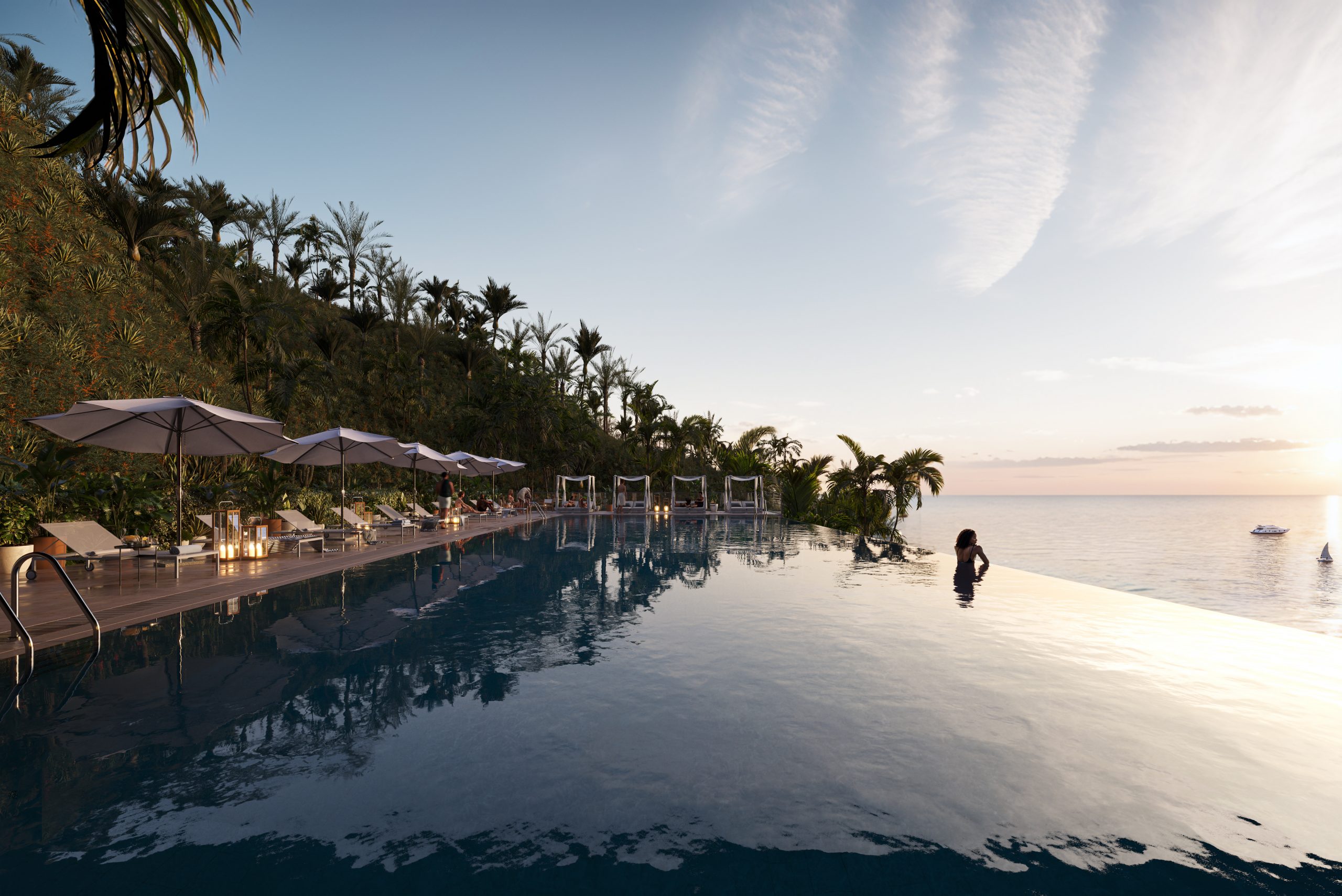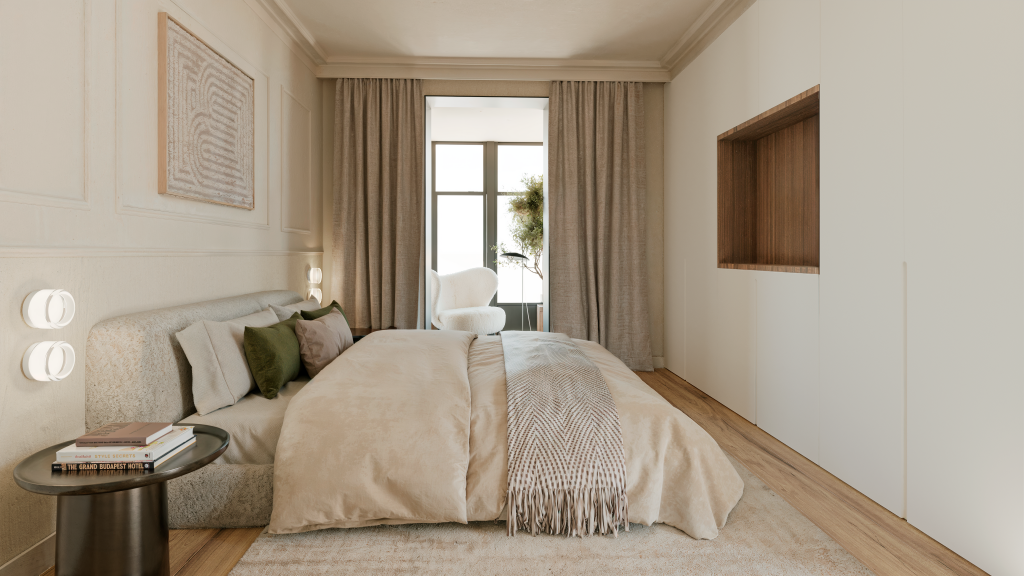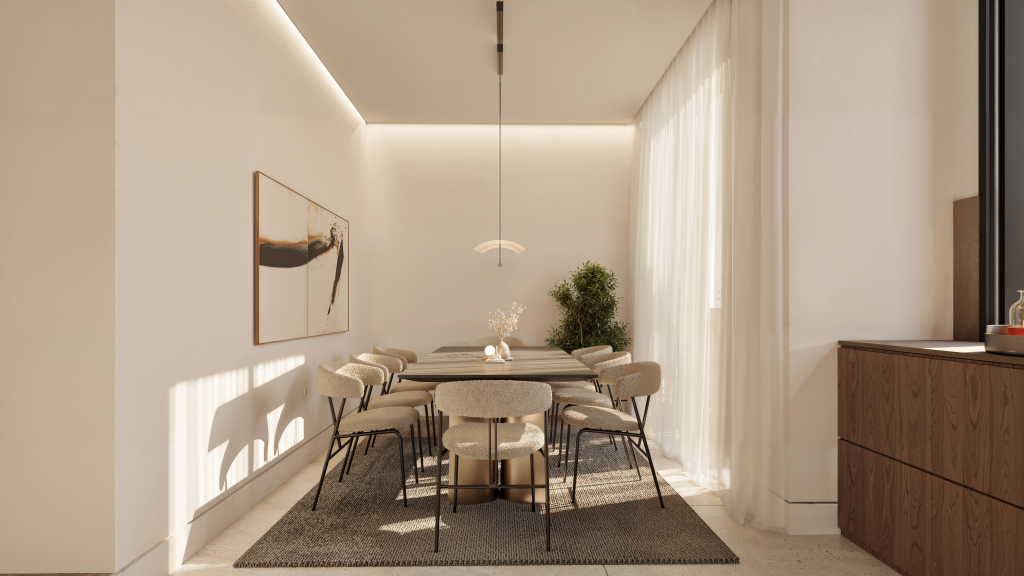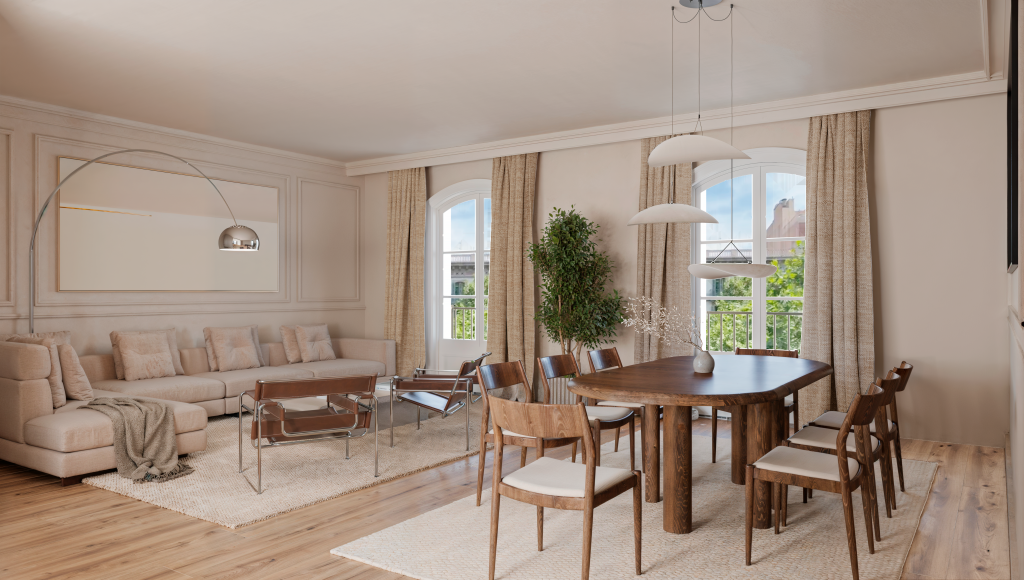Static visuals miss spatial logic and material nuance. Cinematic 3D animation clarifies intent, accelerates stakeholder alignment, drives pre-sales with lifelike walk-throughs, and turns digital catalogues into configurable, on-brand experiences—without photoshoots.
Deliverables typically include a shot-listed narrative (hero reveals, plan-to-space transitions), photoreal 3D models with calibrated materials, time-of-day lighting studies, close-up material cutaways, finish/colour swaps, and paced camera paths that communicate circulation, focal views, and scale.
Outputs are mastered as launch-ready cuts for web, social, showroom screens, and investor decks—multiple aspect ratios (16:9, 9:16, 1:1), captioned and compressed for fast load, with clean versions for paid media.
Expect clearer decisions, shorter cycles, and performance that consistently outpaces stills across campaigns.
How an Effective 3D Animation Is Built
It starts with concrete inputs—CAD/BIM, floor plans, finish schedules, and mood boards—to lock the essentials: which rooms and products must appear, the materials they use, the key viewpoints, the target runtime, and where the video will be shown (web, social, showroom).
A clean 3D model is then constructed with a tidy scene hierarchy to keep edits and shot planning predictable. Materials and lighting are calibrated to real products and daylight conditions, creating a photoreal rendering baseline. Next, a storyboard defines the narrative flow—hero reveals, plan-to-space transitions, detail cutaways, and lifestyle moments that explain use and mood. Camera direction sets pacing and focus so circulation, scale, and focal views read instantly, while restrained sound design and a final grade lift perceived quality.
Delivery wraps with channel-ready 3D animation cuts: multiple aspect ratios (16:9, 9:16, 1:1), captioned and web-optimised, plus high-bitrate masters for showroom screens and investor decks—so the message lands clearly wherever it plays.
Where it performs best
- Property marketing. A realistic 3D video beats flat plans and site photos. Buyers read scale, finishes, and flow quickly, which shortens decision cycles.
- Digital catalogues. For furniture brands, animation turns static listings into richly staged scenes that raise perceived value across website, social, and retailer presentations.
Who benefits
- Architects & interior designers. Present concept intent with clarity, reduce misalignment, and move approvals forward.
- Developers & marketers. Pre-sell with believable previews of unbuilt assets.
- Furniture brands. Launch faster, keep visuals on-brand, and maintain consistency across every channel.
FAQs
1) What’s the difference between Rendering and 3D Animation?
A still Rendering delivers a single, high-quality Visual. 3D Animation adds movement, light transitions, and storytelling. Think CGI camera moves, Visual animation sequences, and Animation videos that create an eye catching 3D animation moment in feeds and on landing pages.
2) What is Architectural Animation (or 3D Architectural Animation)?
Architectural Animation—often called 3D Architectural Animation—uses 3D flythrough animations to explain spatial logic, materials, and context. The result is an immersive 3D animation that feels built, ideal for concept sign-off and launch assets.
3) Do you produce Dynamic 3D animation or only linear flythroughs?
Both. Linear paths are great for overviews; Dynamic 3D animation mixes cuts, close-ups, and detail beats to highlight craft and finishes. We can deliver short teasers for social as well as longer 3D animations for presentations.
4) How is the 3D model prepared, and what affects schedule?
We construct a clean 3D model from CAD/ BIM or references, then polish lighting and materials. Duration depends on scope, number of shots, and level of detail. More scenes, people, foliage, or FX extend time.
5) Interior design vs. exterior work—what formats do you support?
For Interior design, we deliver walk-throughs, detail reveals, and mood pieces. For exteriors, we combine context shots and daylight studies. Outputs include High resolution animation masters, web-ready CGI videos, and short 3D video cuts for ads.
6) What if we need a High quality cinematic video finish?
We grade footage, refine motion, and add sound design for a high quality cinematic video feel—great for launches, investor decks, and premium campaigns.
7) Can you create 3D Cinemagraph assets?
Yes. A 3D Cinemagraph (a looped moment from a 3D cinemagraph project) draws attention on landing pages and banners while keeping file sizes efficient.
8) How do animations support furniture brands?
Animated product stories outperform stills: rotating hero shots, fabric and finish swaps, and scene changes keep engagement high. We also create CGI videos and Animations tailored to e-commerce and retail partners.
9) What determines cost for 3D animation services?
Pricing reflects shot count, runtime, complexity, revisions, and finishing level. Whether you need quick 3D animation services for social or a full launch film, we scope transparently.
10) How long should an animation be?
Most campaigns win with 15–45 seconds; presentations may run 60–120 seconds. We recommend concise edits plus cut-downs to cover paid, organic, and showroom use.
Brief us on scope, audience, and deadline. Get a tailored animation plan with deliverables, timings, and transparent pricing.
